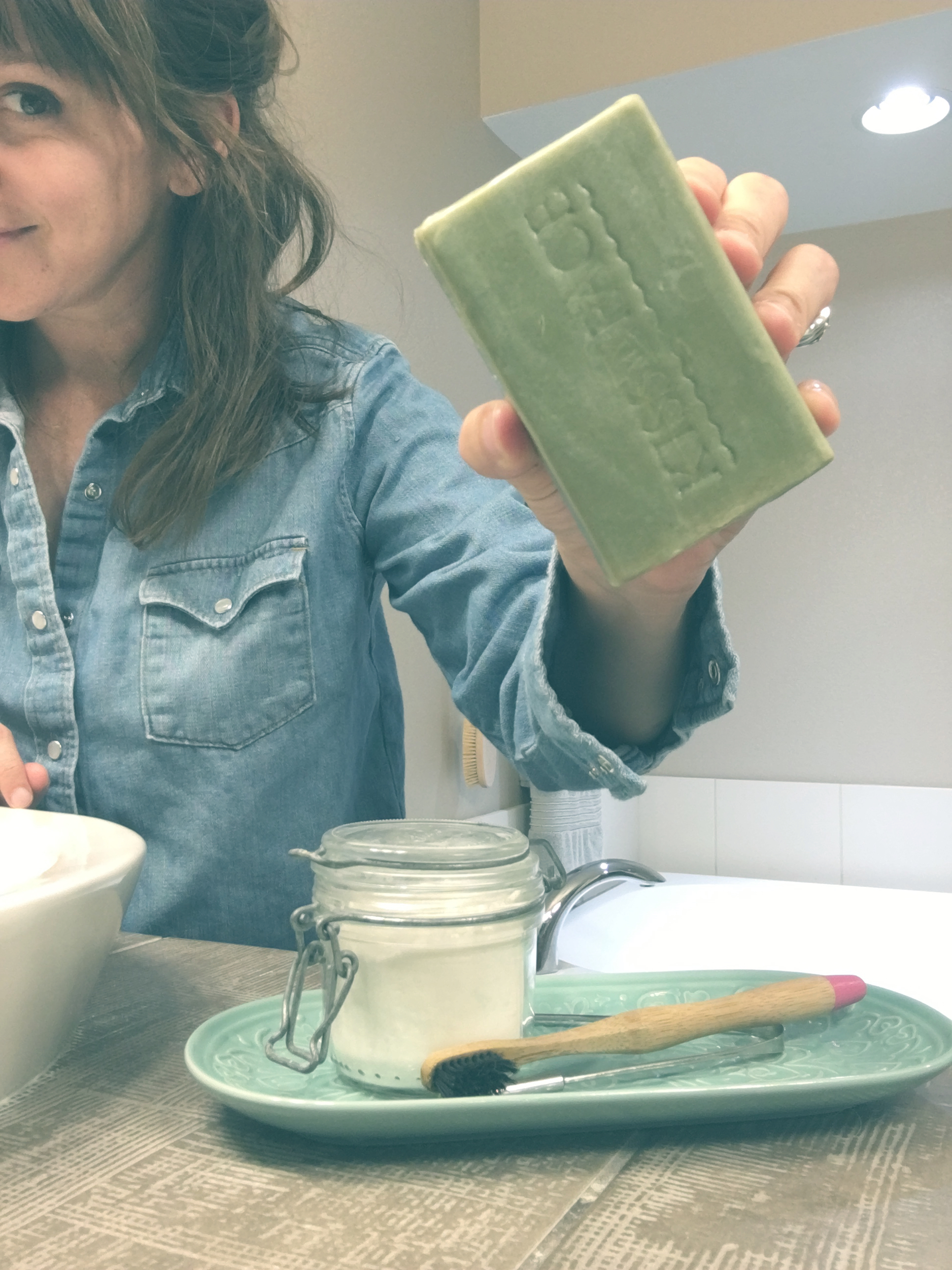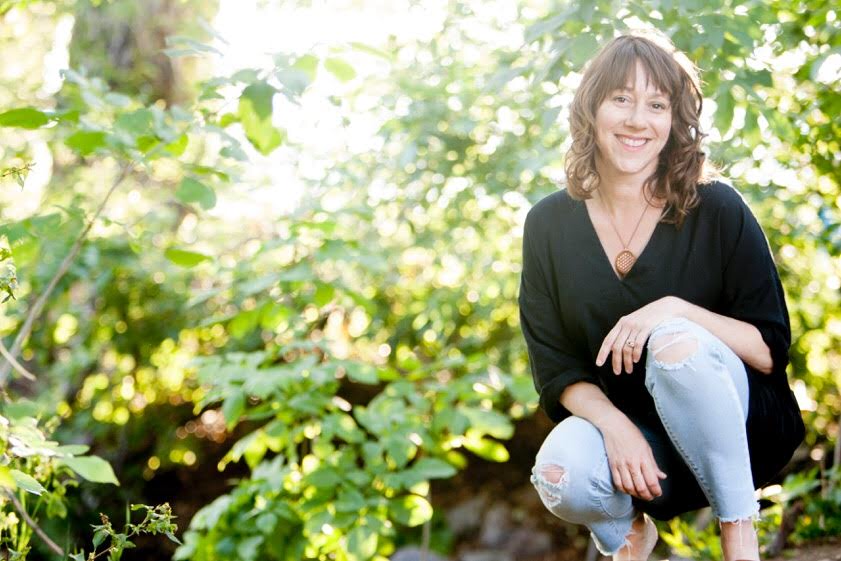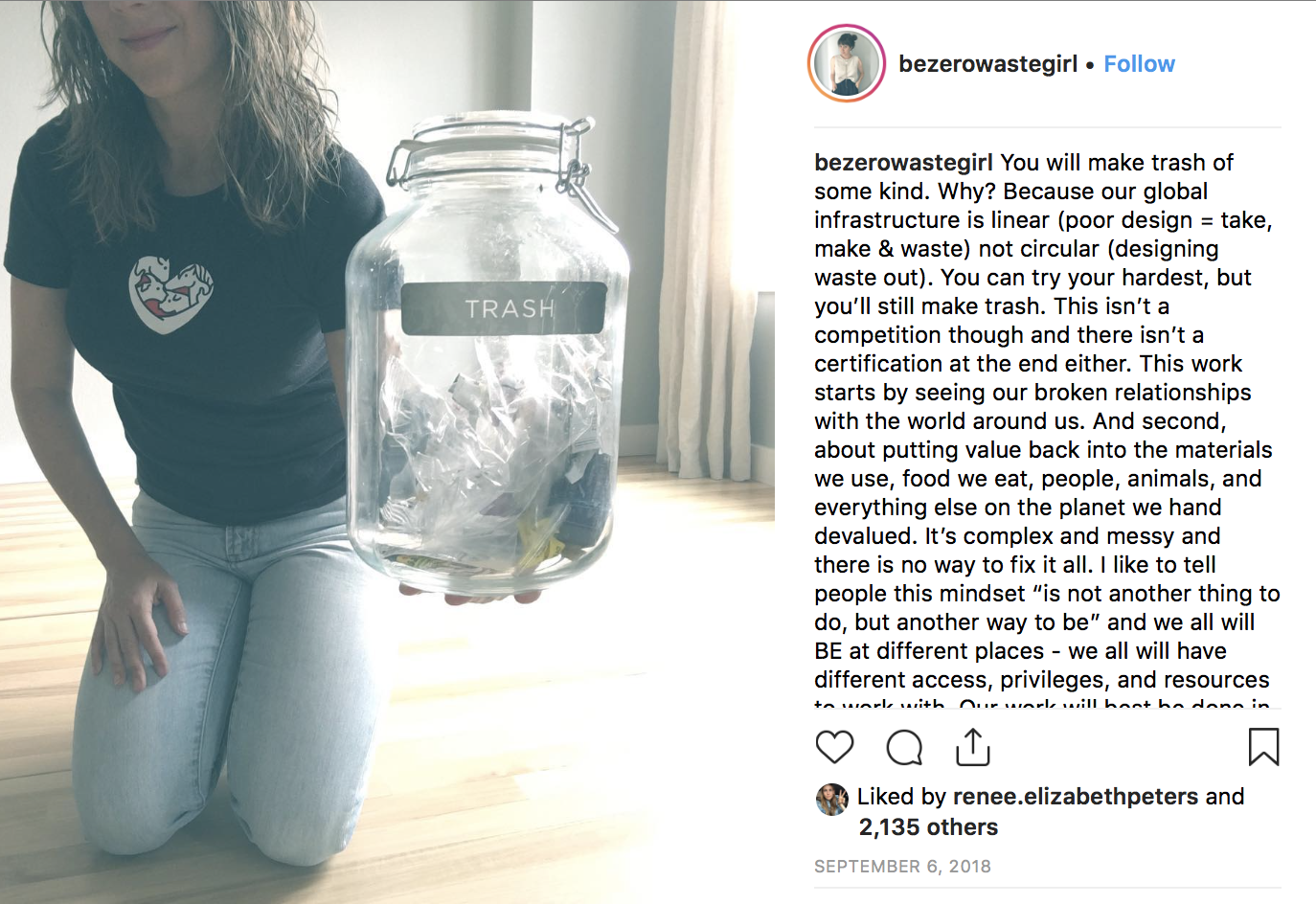Words: Alexis Draut
Before Andrea Sanders was famously known as Instagram’s “Be Zero Waste Girl,” she lived in a Florida community where farmer’s markets and waste reduction were not popular topics of conversation. Sander was teaching environmental conservation in the early 2000s when she first discovered Bea Johnson’s blog on a family’s journey regarding reducing their household’s waste. This blog, Zero Waste Homes, made Johnson one of the pioneers of zero waste and got Sanders to thinking about her own relationship with waste. It helped her see the bigger picture of waste, she said.
“Waste became not only something I was trying to reduce,” Sanders said, “but it told a bigger story about what we value and the relationships we have with things around us.”
Some of the first steps in Sanders’ journey of acknowledging waste and it’s connection to other aspects of her life started with simple, mindful steps. She started bringing reusable bags to the grocery store. She began to bring a portable cup to coffee shops, and when people asked her about it, Sanders was able to use what she calls “quiet activism” to explain her journey. She slowly changed her diet to reflect a vegan lifestyle.

And because of this change in both her lifestyle and mindset, she began to face a few obstacles. Her home state didn’t have farmers markets or much recycling. There also wasn’t a local community in Sanders’ area for people who were interested in learning more about environmental sustainability. In the early 2000s, Florida didn’t have access to resources or materials that her now home of Boulder, Colorado has.
“[In Florida], I remember going into a Publix and giving my new canvas bags to the bagger, and he just put the bags in a plastic bag,” Sanders said.
But instead of being overwhelmed by the obstacles, she began to use her “zero waste fails” as learning tools. She began to be more aware of what the general public thinks regarding waste and sustainability. This life shift for Sanders was one that began consisting of personal life changes, but it quickly transformed into a deeper issue she wanted to educate others on. As she says during her talks and conferences, “waste touches all things.”
In the education sector, she also ran into a few difficulties, getting people to understand their relationship with materials being one of them.
“If we can get people to take the blinders off to get to know their relationships with things more, we can see things differently,” Sanders said. “It will get us to eventually reshape our society and infrastructure.”

When asked about advice for how to start on a zero waste path, Sanders said small steps are always the way to begin. Gaining knowledge of how materials come into the public atmosphere and how people interact with resources are great starting points.
“You can’t start by doing everything,” Sanders said. “Get a feel for the infrastructure we live in, and where we have come from and where we are now. Maybe bring some of that ancestral influence into our lives and start small.”
Some practical suggestions she gives to beginners include doing a trash audit, going to a farmers market, and maybe even starting a small community meet up. Doing minor things that start conversations with others and raise awareness is what creates small social shifts, Sanders said. She recommends tackling one thing at a time and is insistent that this journey is not a competition or a race, instead it is a way of being.

“We don’t live in an infrastructure that supports this beautiful, compassionate, ‘everything is balanced’ approach. We’re not there at all. So all we can do is have a mindset that’s practical and do what we can with what we have available.”
Today, Sanders is known as a woman who can confine her and her husband’s yearly landfill trash in one glass jar. She regularly posts on Instagram and encourages people across the nation to begin their own journeys of waste reduction and education. According to her, the biggest measure of how well you are doing is how well you are learning, and to what extent you are involving yourself in the journey of environmental education.
Follow Sanders’s journey on instagram

